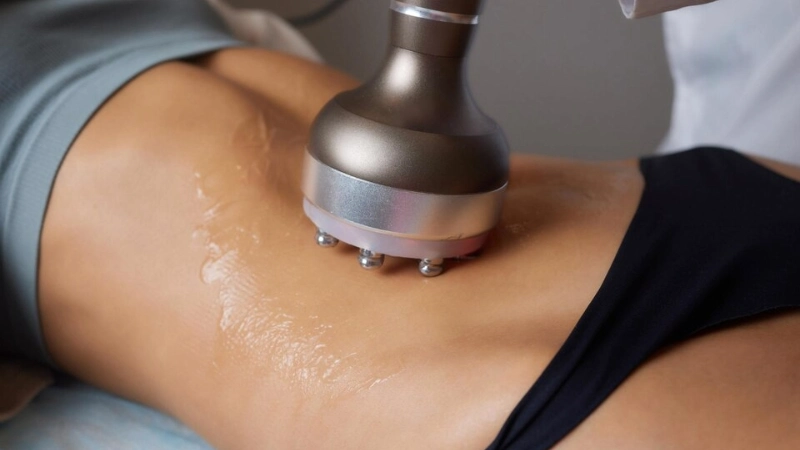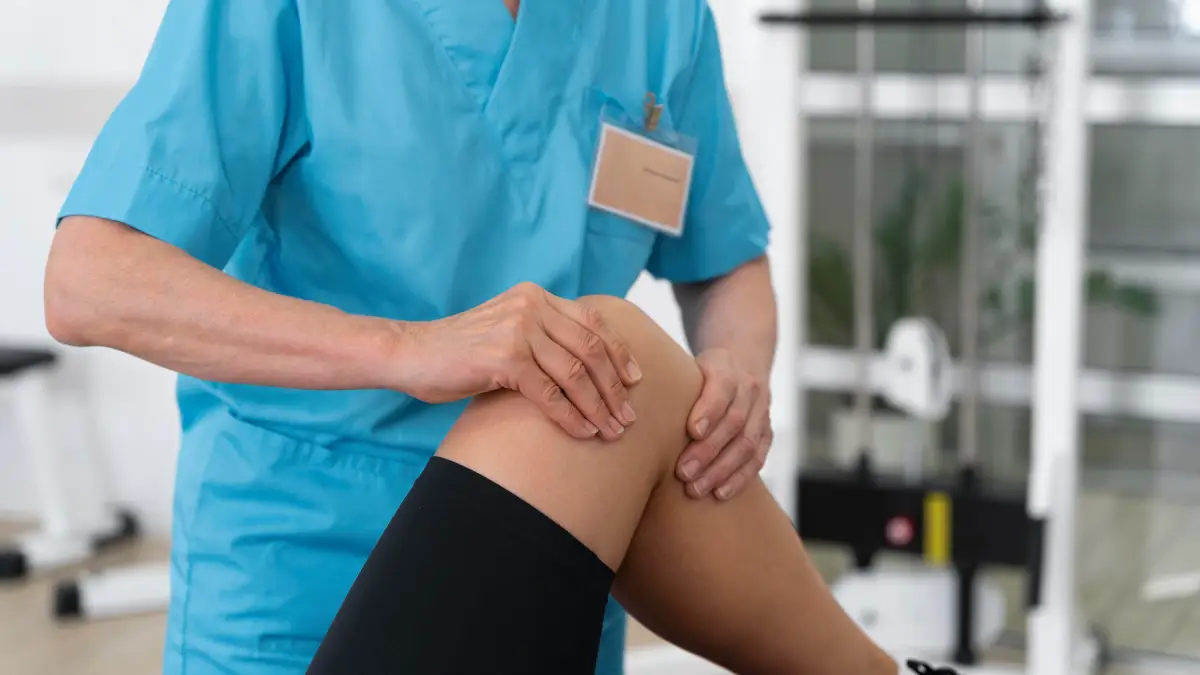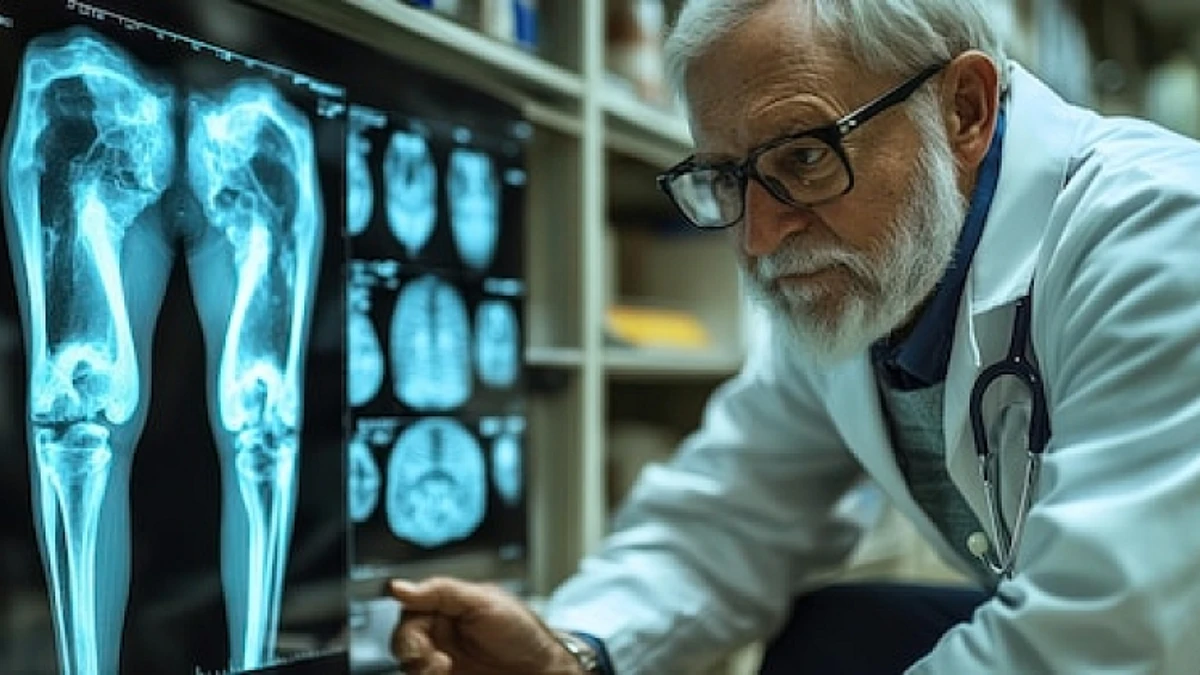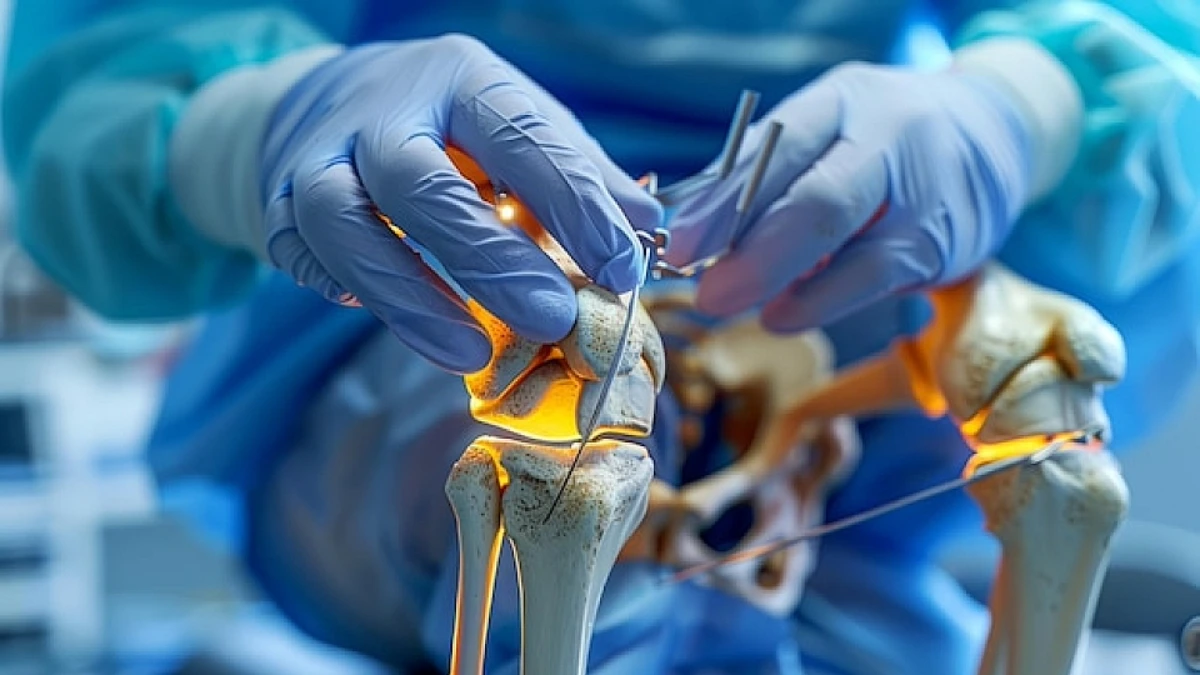
Understanding Fibrosis Following Liposuction
Fibrosis is a common concern in liposuction patients. It is the formation of fibrous tissue beneath the skin, often resulting in irregularities and a less-than-smooth appearance. This condition can appear in a variety of forms, including lumps, bumps, and dimples, which can be unpleasant for patients desiring a flawless appearance.
What Causes Fibrosis Following Liposuction?
Fibrosis is a natural part of the body’s healing process, but when it becomes excessive, it can pose challenges. Several factors can increase the risk of developing fibrosis after liposuction:
Scar Size
The size of the incisions made during liposuction plays a role in fibrosis development. Larger incisions are more likely to result in increased tissue trauma and subsequent fibrous tissue formation.
Genetics
Genetics can predispose individuals to fibrosis after liposuction. Some people may have a genetic propensity to develop excess fibrous tissue, making them more susceptible after liposuction.
Compression Garment Choice
The type and quality of compression garments worn post-operatively can influence the risk of fibrosis. Inadequate compression or improper garment choice can hinder proper tissue healing and contribute to fibrous tissue formation.
Recognizing the Signs of Fibrosis Following Liposuction
To effectively manage and prevent fibrosis following liposuction, it’s crucial to recognize its signs and symptoms. Keep an eye out for:
Lumps or Bumps: Palpable irregularities or lumps in the treated area can be indicative of fibrosis.
Hardened Tissue: Areas that feel hardened or have lost their natural softness may be affected by fibrosis.
Skin Irregularities: Changes in skin texture, such as dimpling or unevenness, can also be associated with fibrosis.
Preventing Fibrosis After Liposuction
Preventing fibrosis following liposuction needs an extensive plan including both the surgeon and the patient. Here are some important actions to take to reduce the risk:
Surgeon’s Instructions
Following the surgeon’s post-operative instructions diligently is paramount. These instructions minimize the risk of complications, including fibrosis. They often include guidance on wound care, activity restrictions, and medication management.
Swelling Management
Effective swelling management is crucial. As a result, this may involve the use of ice packs, elevation of the treated area, and wearing compression garments as recommended by the surgeon.
Proper Garment Use
Selecting the right compression garments and wearing them correctly can significantly reduce the risk of fibrosis following liposuction. These garments help support the healing process by minimizing swelling and maintaining consistent pressure on the treated area.
Lymphatic Drainage Massages
Lymphatic drainage massages, performed by a qualified therapist, can aid in reducing post-operative swelling and promoting the proper flow of lymphatic fluid. This can help prevent the buildup of fibrous tissue.
Self-Care
You can also contribute to your recovery with a healthy lifestyle. Adequate hydration, a balanced diet, and avoiding smoking and excessive alcohol can support the healing process.
Early Mobility
Early movement is important for preventing fibrosis after liposuction. Walking and gentle exercise can assist in maintaining circulation, minimize oedema, and avoid lymphatic fluid stagnation.
Early Intervention for Diagnosed Fibrosis
If fibrosis is detected, early management is essential to controlling and lowering the severity of the disease. So consult with your surgeon for treatment options. It includes additional massages, physical therapy, or other therapies.
Advanced Techniques for Fibrosis Management
In some cases, despite taking preventive measures, fibrosis may still develop following liposuction. In such instances, advanced techniques can come to the rescue:
Radiofrequency-assisted liposuction (RFAL)
RFAL employs controlled heat to target fibrous tissue.
This technique can soften fibrosis and enhance overall skin tightening.
Ultrasound-Assisted Liposuction (UAL)
UAL utilizes ultrasound waves to break down fibrous tissue.
It aids in the removal of fibrosis while preserving surrounding structures.
Laser Lipolysis
Laser lipolysis can be used to address fibrosis.
It promotes collagen production and helps improve skin texture.
FAQs: Liposuction Fibrosis Questions
Is fibrosis a common complication of liposuction?
Fibrosis can occur following liposuction, but its prevalence varies from patient to patient. With proper surgical techniques and post-operative care, the risk of fibrosis can be minimized.
Can I do anything to prevent fibrosis after liposuction?
Yes, there are proactive steps you can take to reduce the risk of fibrosis. These include choosing an experienced surgeon, following post-operative instructions, and wearing compression garments.
How long does it take for fibrosis to develop following liposuction?
Fibrosis can develop in the weeks and months following liposuction. Early detection and intervention are crucial for effective management.
What are the treatment options for fibrosis following liposuction?
Treatment options for fibrosis may include compression garments, lymphatic massage, medications, and surgical interventions, depending on the severity and progression of fibrosis.
Can fibrosis be completely prevented?
While complete prevention of fibrosis is not always possible, proactive measures and proper care can significantly reduce the risk and severity of fibrosis following liposuction.
At Avicenna International Hospital , we are committed to providing the highest standard of care in liposuction procedures and postoperative support. Our experienced team is dedicated to helping patients achieve their aesthetic goals while minimizing the risk of complications like fibrosis. Contact us today to learn more about our services and schedule a consultation.







